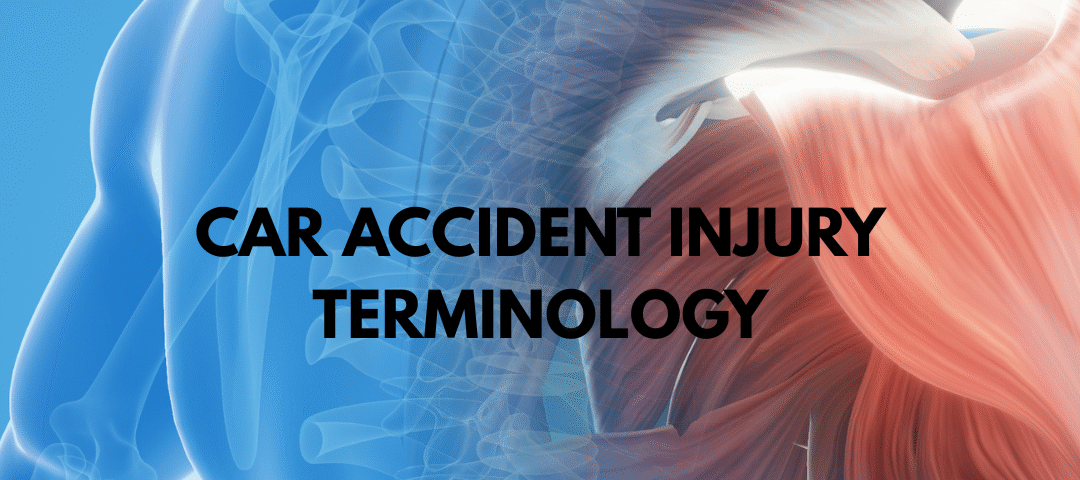Car Accident Most Used Terminology

10 Delicious and Simple Fall Recipes for Better Immunity
September 22, 2025
Why Exercise Timing and Consistency Might Matter!
October 3, 2025- Accident doctor
- accupuncture
- airplane headache
- alzheimer's
- best habits
- Brain Injuries
- car accident
- car accidents
- cervical strain
- colds
- concussion
- Concussions
- disc bulge
- dosage meds
- dry needling
- dull pain
- E bike injuries
- florida
- good posture
- headaches
- Headrest positions
- Headrest positions after an accident
- Healthy choices
- Healthy flying
- healthy gift guide
- Healthy SPring Ideas
- hip pain
- hyperextension
- injury doctor
- insurance
- Kayaking
- kentucky
- kids motion sickness
- lifestyle
- motion sickness
- neck injury
- no fault insurance doctor
- noise healing
- osteoporosis
- pain symptoms
- pink noise
- posterior chain
- posture
- prevent osteoporosis
- Rest
- Scoliosis
- shoulder pain
- Stress with kids after a motor vehicle accident
- TBI
- tips
- tmj
- torn muscle
- Traumatic Brain Injury
- trigger points
- VitaminD
- What are Post Traumatic headaches?
Car Accident Injury Terminology Explained
Car accidents are common in Florida and can leave people with not just vehicle damage, but also bodily damage and pain. On top of that, the paperwork, insurance forms, and conversations with doctors can be confusing. Many people are unfamiliar with the medical terms used after a crash, which makes it harder to understand their injury and recovery process. Dr. Deryk Harting of Chambers Medical Group, one of the highest rated car accident medical doctor care programs in Florida, discusses
some of the most common medical terms.
- Whiplash
An injury most associated with rear-end collisions. It involves the neck being moved back and forth quickly, causing strain and sprain to spinal muscles, discs, and ligaments.
- Concussion
A type of brain injury caused by a hit to the head or the brain striking inside the skull. Symptoms can include headache, confusion, fatigue, memory loss, dizziness, and nausea.
- Soft Tissue Injury
Damage to muscles, ligaments, or tendons. These injuries may not show up on X-rays but can cause pain and require follow up treatment or additional testing.
- Herniated or Bulged Disc
Occurs when the discs between vertebrae bulge or rupture and may compress the spinal cord or nerves. It can cause neck and back pain with associated numbness, tingling, or weakness in the extremities.
- Contusion
Another word for a bruise. This can happen when the body hits something during a crash and is frequently seen in accidents involving air bag deployment.
- Range of Motion
Range of motion (ROM) refers to the distance and direction a joint (or joints) can be moved. Limited or painful range of motion can be a sign of an injury.
- Chiropractic Care
A conservative treatment that involves adjustments of the spine or other joints to relieve pain, improve mobility, and promote healing. Sometimes referred to as chiropractic manipulative treatment (CMT) and is a common treatment for neck and back injuries.
- Physical Therapy
A treatment used to improve strength and mobility as well as reduce pain after an injury. Often recommended for soft tissue injuries, broken bones, or after a surgical procedure.
- Vestibular Treatment
A form of therapy used to treat dizziness, balance, and coordination problems from a concussion or inner ear injury caused by the force of a collision.
- Orthopedic Consultation
An evaluation with a medical doctor who specializes in the musculoskeletal system. This is often recommended for broken bones, joint injuries, or possible surgical issues. An orthopedic doctor can determine if surgery, bracing, or other advanced treatments are necessary.
- MRI (Magnetic Resonance Imaging)
A scan that uses magnets and radio waves to take detailed images of the body. Often used to assess soft tissue injuries or inflammation of joints, muscles, ligaments, tendons, spine, and the brain.
- CT Scan (Computed Tomography)
A type of imaging test that uses X-rays and a computer to create cross-sectional images of the body. It is often used in emergency rooms to check for internal bleeding, fractures, or brain injuries.
- X-ray
A quick imaging test used to view bones and detect fractures or dislocations. Less detailed than MRI or CT but frequently used immediately after an accident.
- Corticosteroid Injections / Epidurals
Anti-inflammatory medications injected near the spine or joints to reduce pain and swelling. Epidural steroid injections are often used to treat spinal pain from a herniated disc or pinched nerve.
- Independent Medical Examination (IME)
An evaluation by a doctor who is not the treating physician. Insurance companies or employers often request an IME to check on the extent of injuries and the patient’s current condition.
- Maximum Medical Improvement (MMI)
The point at which a patient is not expected to improve further. After reaching MMI, future treatment may be limited to maintenance care.
Understanding these terms can help you feel more in control and make informed decisions about your care after a car accident. When you are dealing with pain, injuries, and medical appointments, knowing the language used by doctors and medical staff can reduce stress and confusion. Clear communication with healthcare providers is essential to receiving treatment and support throughout the recovery process.
— This article is written by Deryk Harting, DC, one of the members of Chambers Medical Group’s team of car accident chiropractors who offer a variety of treatments and therapies ranging from diagnostic testing to various soft tissue therapies for car accidents and injuries in Florida.




